
 Roca ... eyeing a strong presence.
Roca ... eyeing a strong presence.
Roca Sanitario, a leading Spanish sanitary ware manufacturer, will display its latest bathroom series, designed by Rafael Moneo (Spain), David Chipperfield (UK), Benedito Design (Italy) and Schmidt and Lackner (Germany) at this year’s Big 5 show.
“Apart from this, we will also seek to project the image of Roca being the complete bathroom supplier at the event,” says regional manager Middle East Victor Schoone. “The show will also allow us to showcase our latest selection of products in wellness, enclosures, faucets, furniture and accessories.”
Roca is also planning to introduce new products to the region. “We are focusing on launching a large range of products in the emerging wellness sector. This will help us boost our company image and portray Roca as an excellent partner for anything related to bathrooms,” he adds.
Roca has been participating at the Big 5 every two years since 1994, through its distributor for the Northern Emirates, Hamad Rahma Abdulla Al Shamsi General Trading, but intends to exhibit exclusively as Roca, “most probably every year from now on”, he says.
“We have been encouraged with the response we have been receiving for the show. While people already know Roca, we feel that we must be present at the show especially now that Roca has clinched the top spot as the world’s number one bathroom supplier,” Schoone adds. “The Big 5 is the biggest trade fair on bathroom products in the Middle East, with visitors from the UAE and surrounding countries. This is why this is such an important event for us.”
“We hope to attract a lot of attention at the Big 5 show especially from leading architects, designers and consultants from the region with our wide range of products,” says Schoone.
The company’s products have been used on some of the major projects in the UAE, some of which include: Grosvenor House (Dubai Marina), all the Le Meridien hotels in Dubai, as well as three tower complexes on Sheikh Zayed Road — The Tower (Union Properties), the 21st Century Tower and the Capital Towers.
The company was set up in 1917 by the Roca brothers as Compania Roca Radiadores initially to make cast iron radiators. It quickly came to dominate the market and this, coupled with its desire to expand, was the incentive to increase it range and research new products, says a company spokesman.
1925 saw the introduction of the new cast iron bathtubs; 1936 was the year porcelain sanitary ware was launched; 1954 saw the introduction of tap ware; and in 1980, ceramic tiles were brought out.
Now, almost a century down the line, Roca is a market leader almost everywhere its products are sold. It has more than 60 factories in Spain, Switzerland, Austria, Portugal, Czech Republic, Poland, Russia, Turkey, Morocco, Bulgaria, Rumania, Argentina, Brazil, Peru, Dominican Republic, US, China, and Malaysia. In addition, Roca also has established commercial branches in several European countries that include Spain, Portugal, France, Italy, Greece, Germany, UK, Netherlands, Poland, Rumania, Switzerland, Czech Republic as well as several other countries such as the UAE, Australia, China, Malaysia, US, Argentina.
According to Schoone, the company today manufactures a range of bathroom products which include: porcelain sanitary ware (32 million pieces yearly: ranked first worldwide), steel bathtubs (2.5 million steel bath tubs and shower trays: ranked first worldwide), cast iron bath tubs (250,000: ranked second worldwide), acrylic bathtubs and shower trays (ranked first in Spain), bath and shower enclosures (ranked first in Spain), bathroom furniture and accessories (among the leaders in Spain), faucets (6 million kg annually, ranked first in Spain and fifth worldwide), floor and wall tiles (50 million sq m: ranked first in Spain and fifth worldwide), hydro massage columns and cabins, saunas, spas, shower bidets, sinks (Sylacryl, steel and fireclay), toilet seat and covers, bidet covers, and shower trays in vitreous china, steel, and acrylic finishes.
“In addition to this, Roca is the only company worldwide that produces whirlpool baths in all three materials: steel, cast iron and acrylic,” says Schoone.
“Today we are the company with the brightest future in the bathroom sector,” says Schoone. “The reason is that Roca is a 100 per cent family-owned business with zero debt, unlike some of its competitors.”
The company, which boasts of a turnover of $2 billion (2006 figures), is manned by a 20,000-strong workforce. “In the three years since 2003, the company has seen its turnover rise from $1.5 billion to $2 billion. In fact our business in 2006 rose by 9.6 per cent over 2005 figures,” he says.
The Middle East accounts for some $30 million in sales, which is achieved thanks to exclusive Roca dealers in the Middle East including the markets of Lebanon, Jordan, Syria, Kuwait, Iran, Pakistan, Saudi Arabia, Bahrain, Qatar, UAE, Oman and Yemen.
Commenting on prospects in the region, Schoone says: “We find that business prospects are excellent in the region. Saudi Arabia will be the main market, especially when the King Abdullah City starts off, however the UAE market will also be quite strong because of the massive construction boom it is experiencing now.”
The company has also completed a few acquisitions recently and entered into tie-ups with some of the leading manufacturers in new markets. “We have recently entered into a joint venture with the leader in the Indian market ‘Parryware’, and have bought some companies in Malaysia and Switzerland,” says Schoone.
Market leader
Roca has secured its leadership position primarily through responding and even anticipating market needs. Some of the fields it has focused on are design and innovation, technology and environment.
The group set up the new Roca Design Center, with its headquarters in Gava, near Barcelona in 2005, in response to consumer demands for functionality, technology and respect for the environment and in an effort to offer versatile products that suit the different markets in which the group operates. In the same year, Grupo Roca took a decisive step forward in applying technology at different stages of the production processes. This was achieved through progressive automation of production chains and identification of better processes, with the collaboration of all of the group’s factories.
“Investing in state-of-the-art technology has taken the automation of processes to heights that were unimaginable just a few years ago. The best examples are the automation of toilet casting in the group’s factories in Spain and Portugal, and the facility in Wilhelmburg, Austria, for pressurised casting of large pieces. Advances of this type have enabled us to increase productivity, guarantee that all pieces are of uniform quality and improve conditions for our workers,” he says.
“Using the most suitable and technologically-advanced resour-ces has meant that production capacity has doubled in our factories in Gliwice, Poland and Anadia, Portugal. The group’s new factories in Tosno, Russia and Suzhou, China incorporate the very finest in technology; making them two of the world’s most advanced production centres for manufacturing porcelain sanitary ware and acrylic and cast iron bathtubs, respectively,” the spokesman adds.
In the 1960s, Roca pioneered the reduction of toilet cistern water capacity and in tap ware with lower energy consumption. As bathroom sector leader, Grupo Roca has made water-saving a concept that is intrinsically linked to its business practice as a whole.
“The desire to protect the environment is evident in the everyday operation of the production plants, guided by the strictest sustainable development criteria. Furthermore, the demanding global management standards applied by the Group throughout the world go far beyond the requirements set out by the legislation in each country,” says the spokesman. “However, the group’s commitment goes further yet and seeks to promote responsible consumption by users, in many different ways. One of these is the development of products that save the maximum amount of water and energy in daily use. These include discreet, simple solutions, such as built-in consumption limiting devices, smaller-capacity toilet cisterns and unique applications in the innovative wellness ranges, while at the same time not compromising on the use of long-lasting, recyclable materials.”
Distinctions such as the European Ecolabel certification, awarded to Roca Cerámica in 2005, recognise the fine work the group continues to do in the field of environmental protection. Despite the advances already made, the group’s quest for innovation leads it to regularly review its production processes and to carry on working towards making water- and energy-saving part of its customers’ daily habits.
Roca’s goal, however, extends far beyond its leadership position in terms of volume.
“Although we are Number One in volume, we are looking forward to clinch the coveted spot in aspects such as image, brand awareness, prestige, presence — in other words, in the qualitative side of the ball game,” says Schoone.
Says Roca Group’s CEO Jose Miguel Roca, “our vision is ‘to be the leader that defines what the bathroom should look like’ by 2020.
“We want the brand to be as famous as Coca-Cola. In Spain, Roca has already become synonymous for bathrooms with people using the coinage “I’m going to see Mr Roca” whenever they would want to excuse themselves to the bathroom. We would like to extend the same reputation in the rest of the world as well,” he adds.
Roca will be exhibiting at Zabeel Hall, X-18.



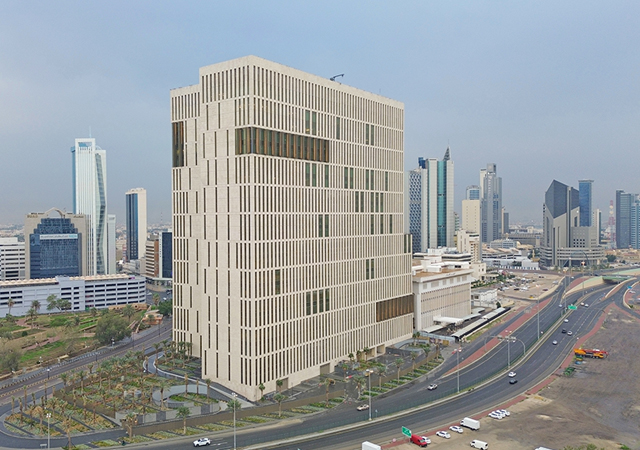

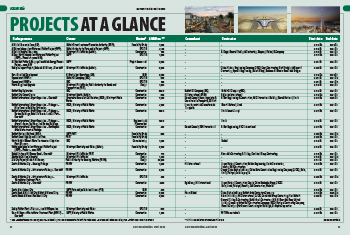
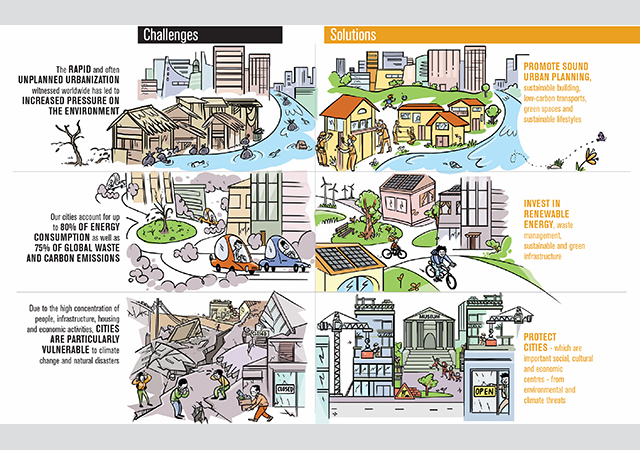





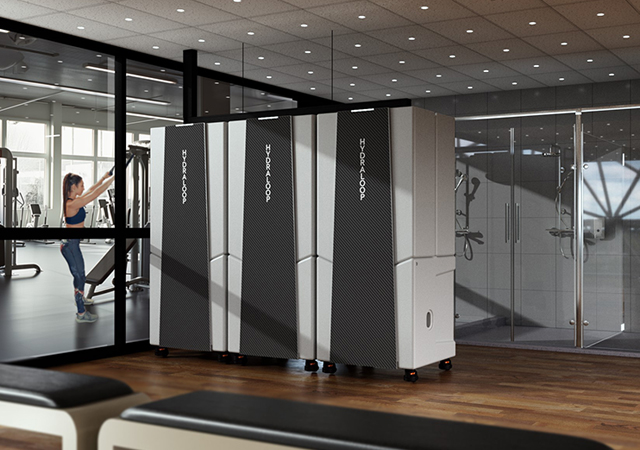









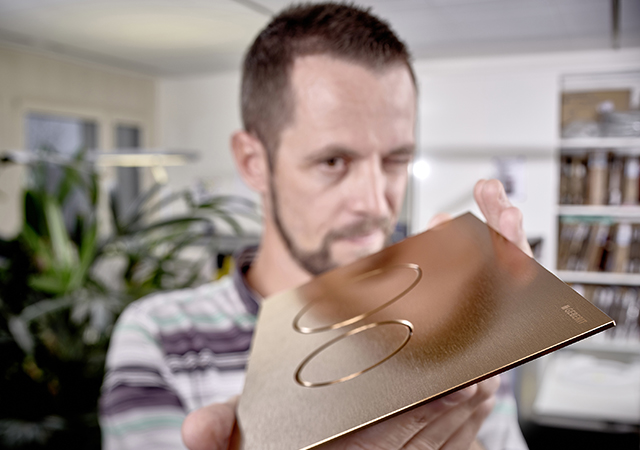
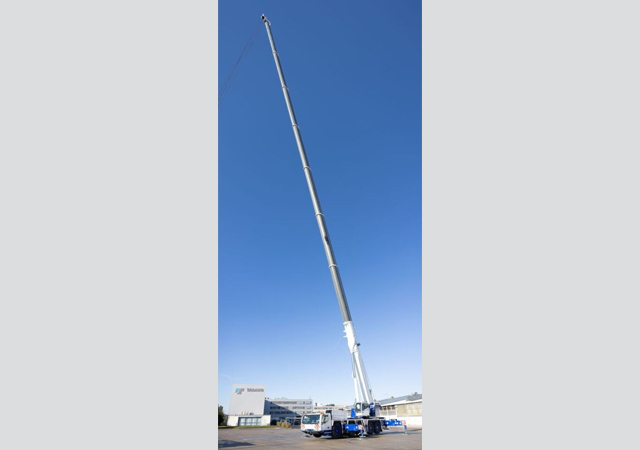
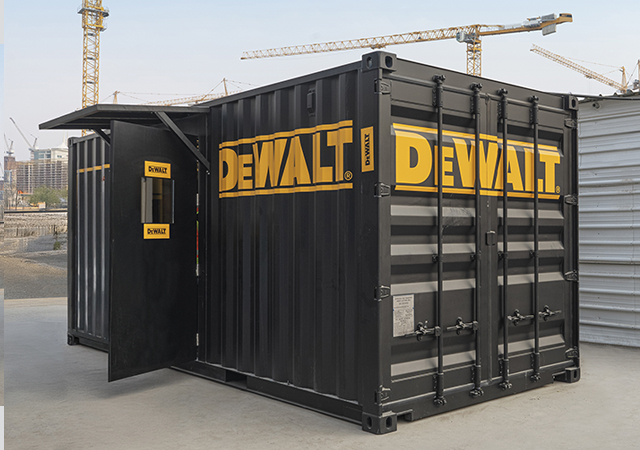
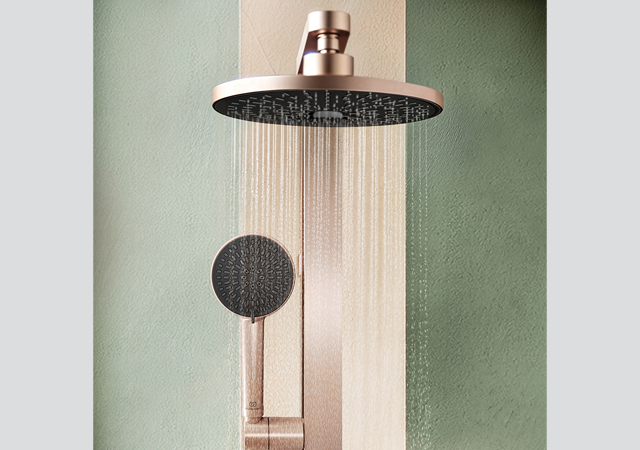
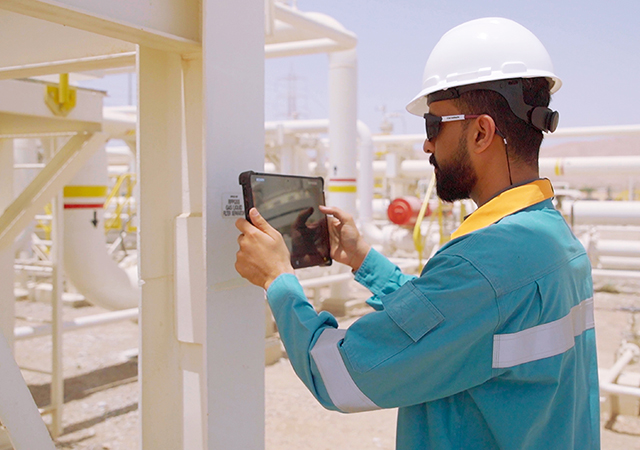







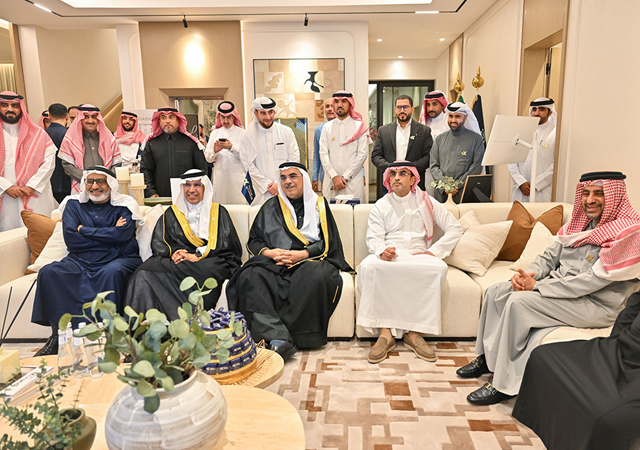

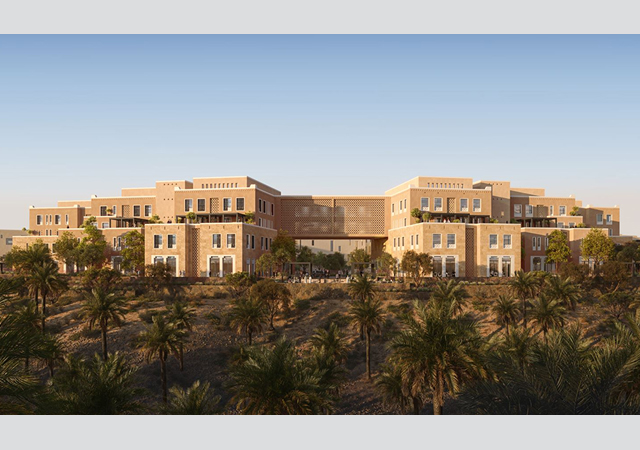

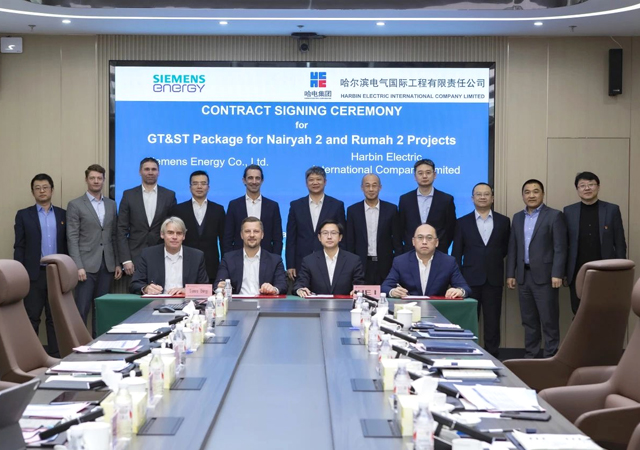

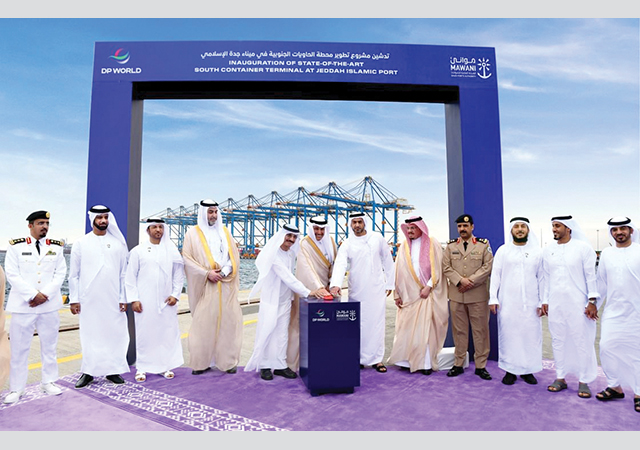
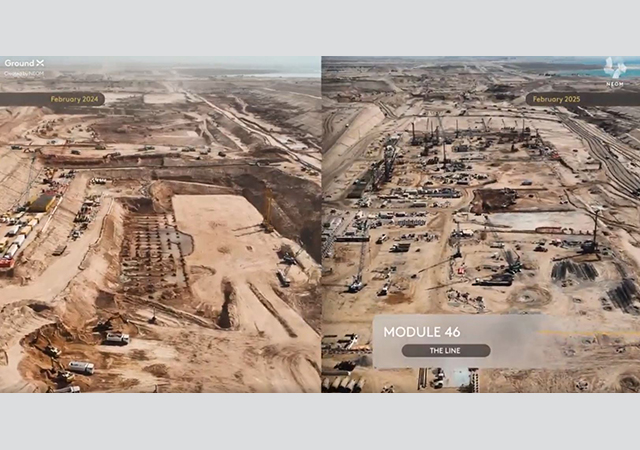
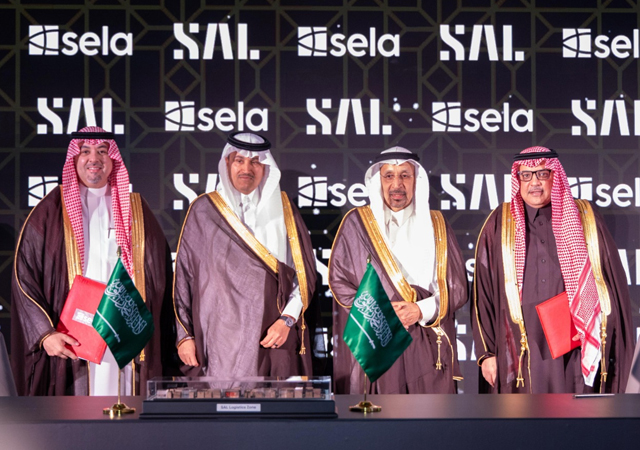
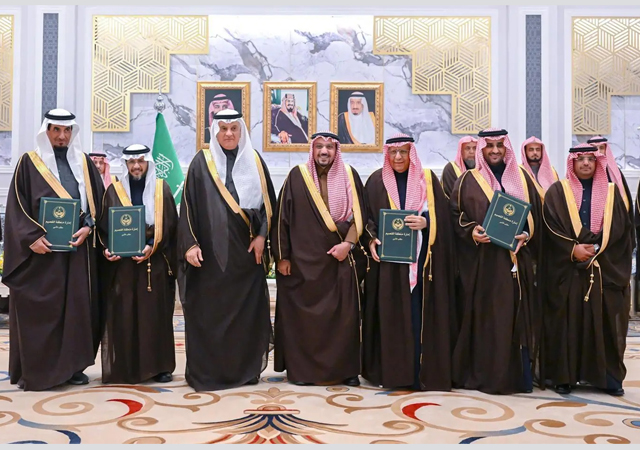
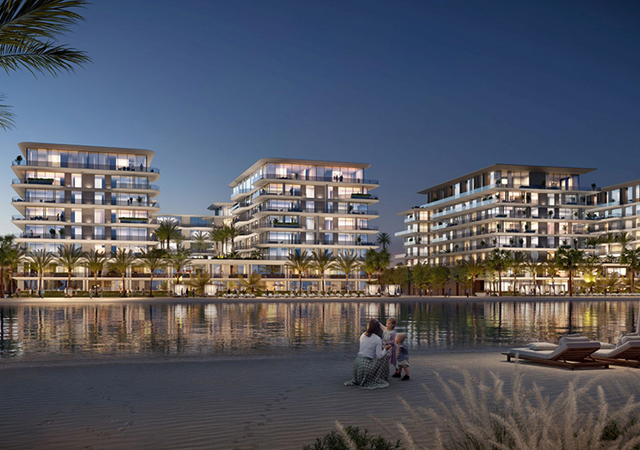



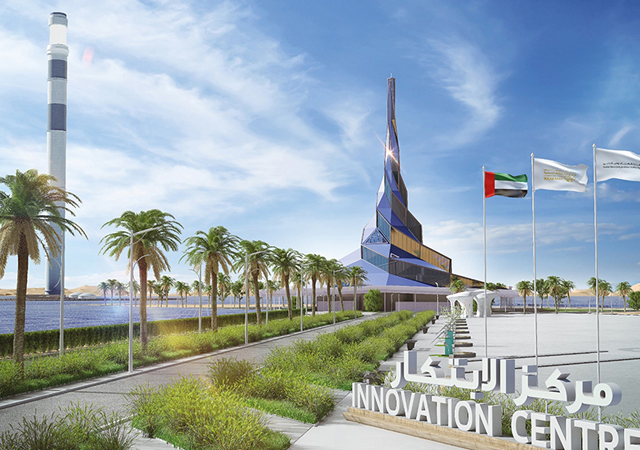
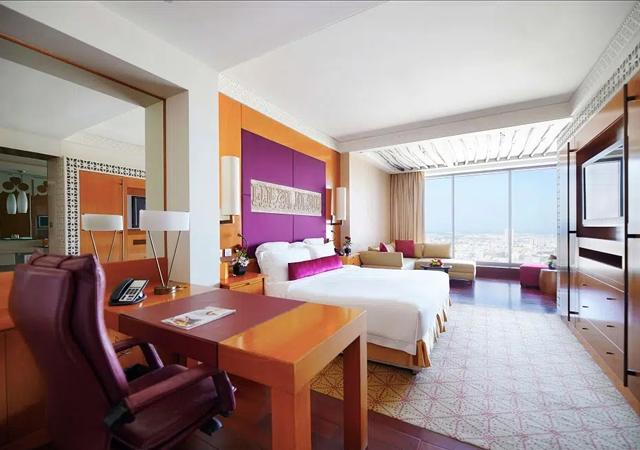

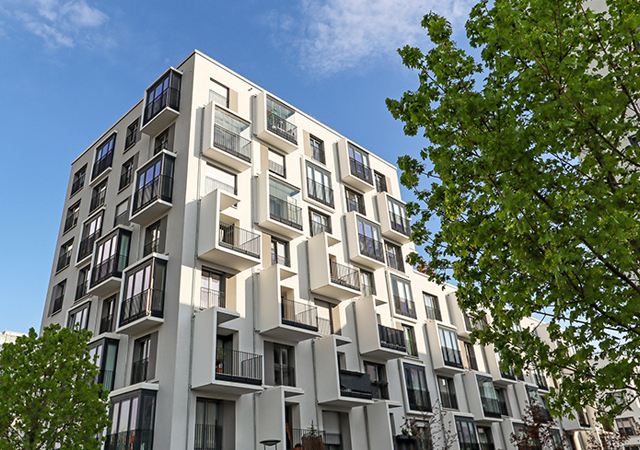

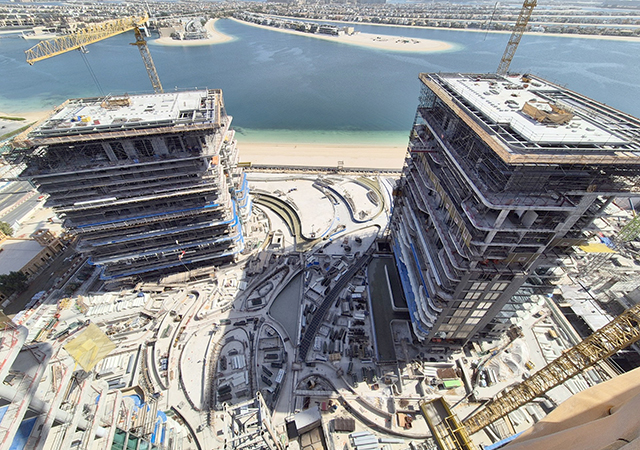

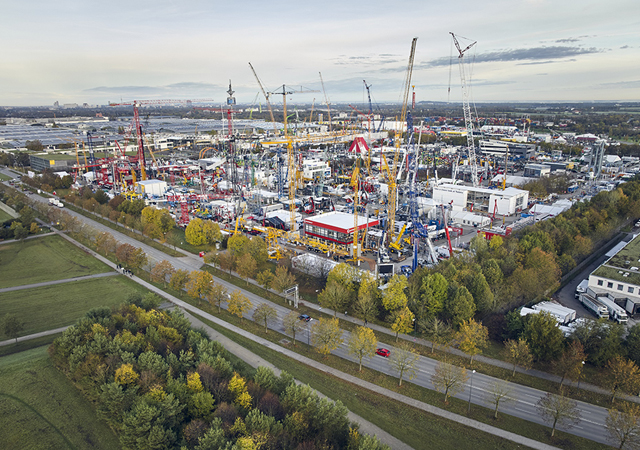
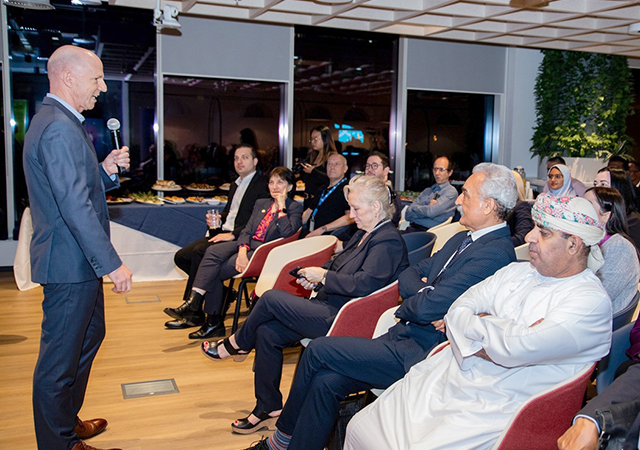










.jpg)






